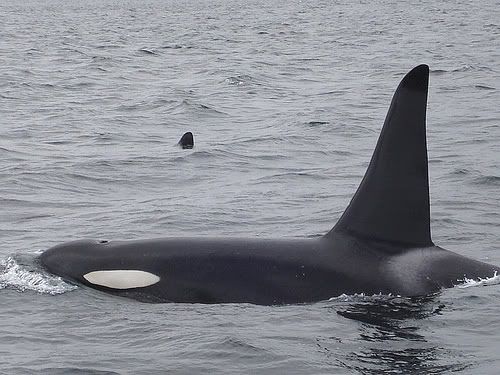This disturbing video shows a cat having a reaction to flea medication. Care has to be used when applying any flea control product or using any flea treatment on an animal or in the environment.
One of the reasons I wrote Flea Control Secrets was because of increased issues and reactions. Take a few minutes to spend some time in the archives to learn more.
Also, try exploring the natural flea control products listed on this website as safer, less toxic options.


